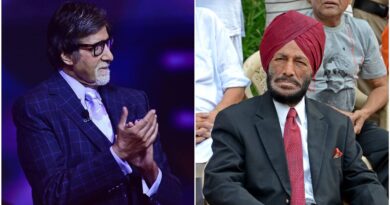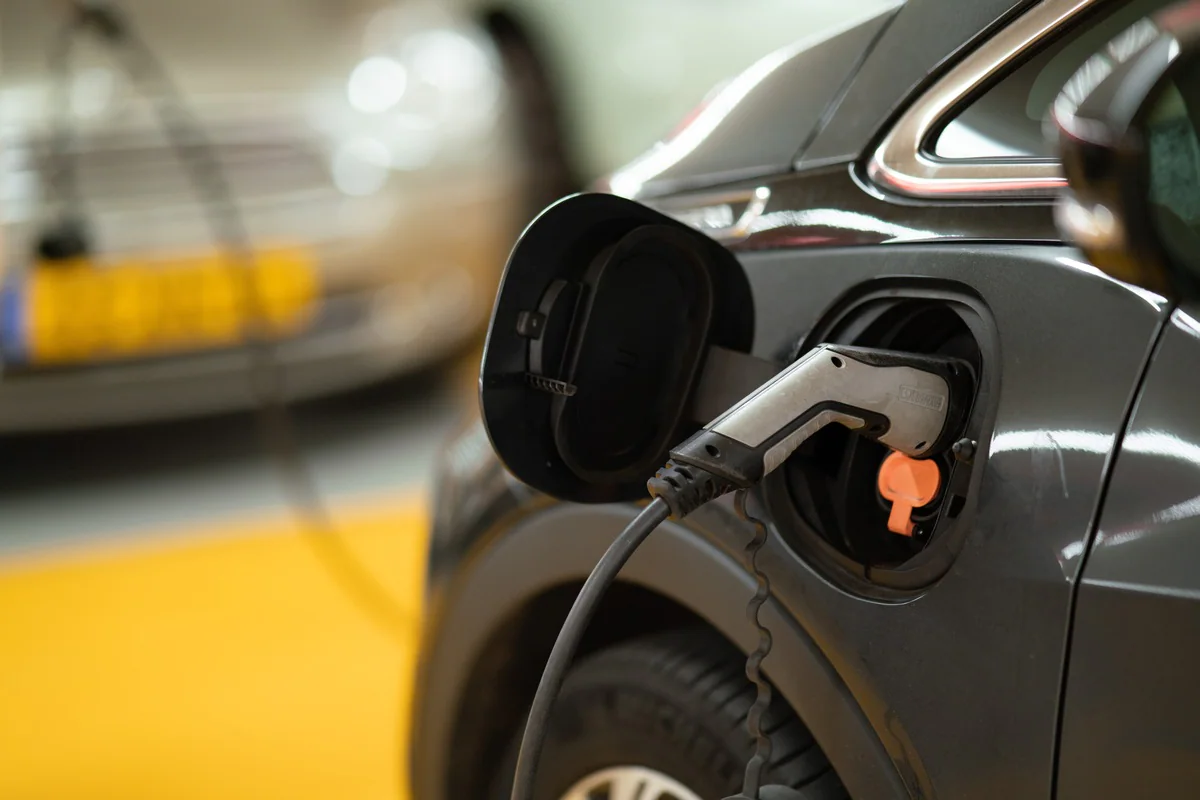In second Covid wave, more need oxygen, death rate almost the same
A key government task force on Covid Monday picked important strands from the ongoing second wave in comparison with the first surge late last year: higher requirement of supplemental oxygen, no difference in the percentage of deaths and only marginally higher proportions of younger patients.
With several states reporting a surge in demand for medical oxygen, the task force pointed to national hospital data, which showed that 54.5 per cent of admissions during the second wave required supplemental oxygen during treatment. This marked a 13.4 percentage point increase from the peak during September and November last year, according to data from 40 centres across the country.
With 2,73,810 new cases and 1,619 Covid-linked deaths registered in the last 24 hours, and a total active caseload of 19,29,329, Prime Minister Narendra Modi Monday held a meeting with leading doctors and top pharma companies.
During the meeting, Modi pointed out that the second wave is spreading rapidly in Tier 2 and Tier 3 cities and urged doctors to connect with their colleagues there and provide online consultation to ensure that all protocols are followed correctly.
According to the National Clinical Registry for Covid data, shortness of breath is the most common clinical feature among symptomatic patients in the second wave. It shows that 47.5 per cent of symptomatic hospitalised patients reported shortness of breath in the second wave as compared 41.7 per cent in the first.
“Shortness of breath was found to be slightly higher in the second wave. The deaths did not show any difference: it was 9.6 per cent (first wave) versus 9.7 per cent (second wave) of hospitalised patients. The requirement of oxygen was higher in the second wave at 54.5 per cent compared 41.1 per cent in the first. That was significant,” Balram Bhargava, Director General, ICMR, said.
The data shows that more than 70 per cent of patients were above the age of 40 in both the waves. “Older population continues to be vulnerable because of co-morbidities and other risk factors,” Bhargava said.
He said that only a marginally higher proportion in the younger age group was affected despite the opening up of various activities: the age group of 0-19 formed 5.8 per cent in the second wave against 4.2 per cent in the first; the age group of 20-39 constituted 25.5 per cent in the second wave compared to 23.7 per cent in the first.
The data shows that in the first wave, 54.9 per cent had at least one comorbidity as against 48.6 per cent in the second. “The policy implications are that asymptomatic can be managed at home. Moderately ill patients, if managed as per guideline, can be discharged earlier. Oxygen supply for care needs to be ramped up,” Bhargava said.
Dr V K Paul, who heads the task force, said that Integrated Disease Surveillance Programme (IDSP) data gathered from states reiterate that there is no shift in age prevalence in the second wave.
“The positive cases data from IDSP also clearly shows that during the last year’s pandemic wave, those under 30 years of age contributed 31 per cent of cases as against 31 per cent in this wave. Essentially, there is no difference in the proportion. In the 30-40 year group, it is 21 per cent (in both waves). This demonstrates that there is no overarching excess risk of young people becoming Covid-positive. We don’t see a shift in age prevalence overall,” Paul said.
The registry data also shows that the requirement of mechanical ventilation dropped during the second wave: 27.8 per cent of admitted patients required mechanical ventilation as against 37.3 per cent in the first wave.
Significantly, 74.5 per cent of patients were symptomatic at hospitalisation in the second wave compared to 87.4 per cent in the first.
Besides, there was a significant drop in clinical features in symptomatic hospitalised patients in the first and second waves: dry cough (5.6 per cent vs 1.5 per cent); loss of smell (7.7 per cent vs 2.2 per cent); fatigue (24.2 per cent vs 11.5 per cent); sore throat (16 per cent vs 7.5 per cent); muscle ache (14.8 per cent vs 6.3 per cent).




